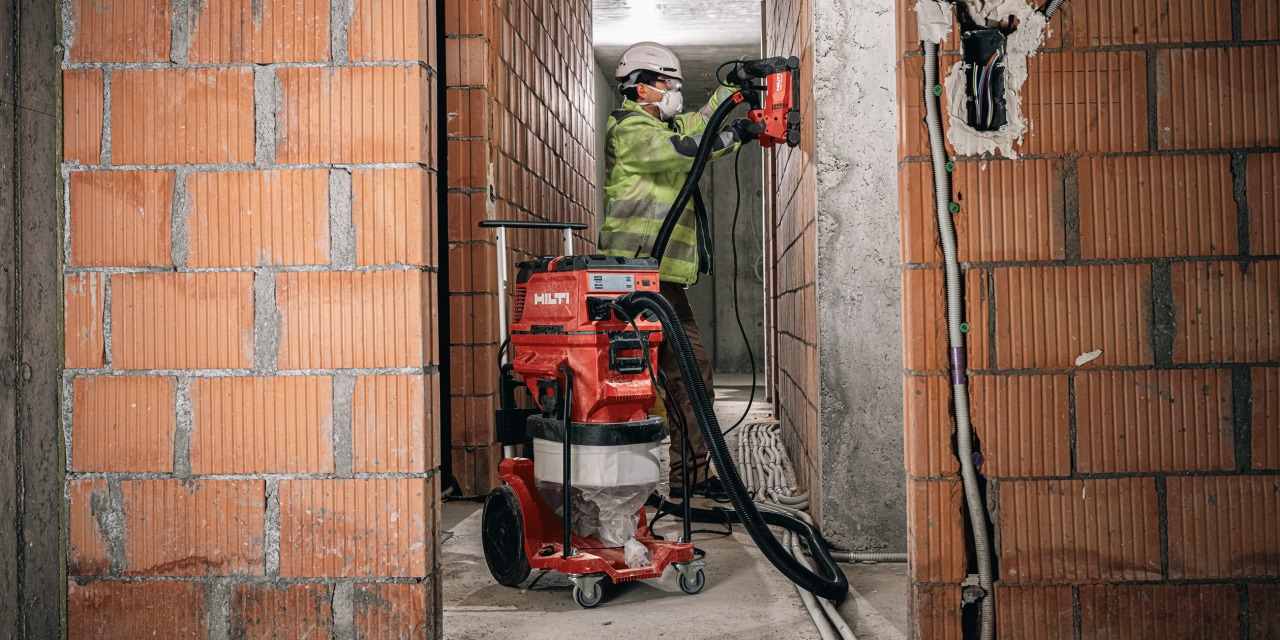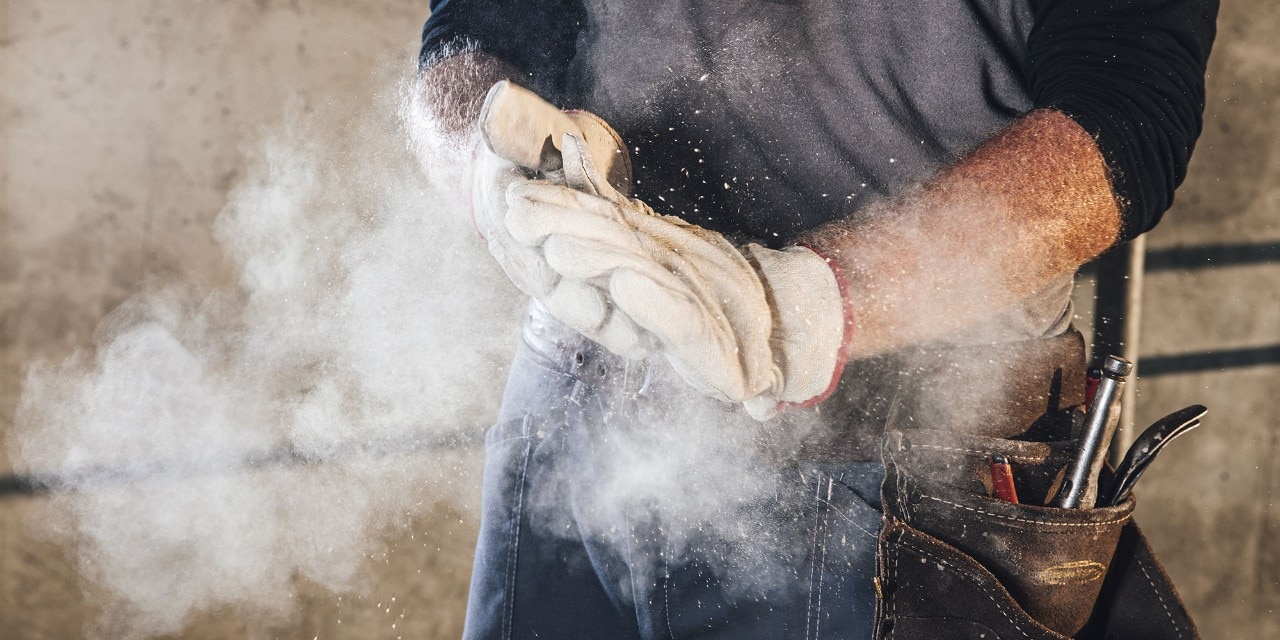- Home
- Solutions
- News and Events
- Hilti Blog
- Leading safety
- M class vacuum cleaner vs H class vacuum cleaner

5 min. read, Oct. 2024
M class vacuum cleaner vs H class vacuum cleaner
What’s the difference?
Effective dust extraction is one of the most important safety considerations on the job site. Dust poses such a risk to long-term health that the UK’s Health and Safety Executive (HSE) estimates that 500 people die each year from exposure to silica dust alone. There is also a potential risk of a £20,000 fine if a jobsite doesn’t have the necessary dust extraction measures in place.
That is only one type of dust on site, making it clear how important the role of dust extraction is to any contractor. Two of the most important tools available when it comes to combatting dust exposure are M (Medium) Class vacuums and H (High) Class vacuums – but what are the differences between those two types of vacuum, and which is right for your job?
What is an M Class vacuum?
An M Class vacuum cleaner is a ‘medium’ vacuum that is designed for dust extraction on the construction site.
It is designed to extract hazardous dust which is >0.1 mg/m3 such as hardwood sawdust and dust created by grinding, cutting, slitting, drilling and dry coring concrete or bricks.
An M Class vacuum will trap 99.9% of this dust and provides the minimum standard of vacuuming that the HSE requires on the job site to meet regulations.
Hilti M Class construction vacuum cleaners benefit from a range of features that go beyond the basic requirements of a vacuum cleaner to provide even more efficiency and operational benefits on site.
You could choose the VC 40MX-CB Continuous Bag M-Class Dust Extractor which also features automatic filter cleaning along with the continuous bag dust disposal system which allows you to quickly check and change bags without removing the vacuum top, helping reduce downtime and dust exposure.
What is an H Class vacuum?
An H Class vacuum is a ‘high’ vacuum which offers greater filtration so that it can extract 99.995% of hazardous dust with limit values of ≤ 0.1 mg/m3.
This includes particles considered to be carcinogenic or pathogenic which pose the greatest risk to human health.
If you are working in an environment with lead, carbon, tar, nickel, cobalt, copper, cadmium or other similarly dangerous materials, you will need an H Class vacuum extraction system in place to protect workers adequately.
And if you’re looking to maximise your time, Hilti’s Continuous Bag accessory means you can work without interruption on site. The continuous bag system allows you to check and change your bags without opening the vacuum top. This saves time on the job while also reducing harmful dust exposure for workers.
The Continuous bag is also dust class compatible – matching the relevant dust class certification when combined with Hilti’s L-Class, M-Class and H-Class vacuums.
What happens if I don’t use the right vacuum dust
Dust poses such a significant health risk to workers that the HSE takes dust extraction extremely seriously as part of its work to cut injuries, illness and death caused by construction activities.
Fines of £20,000 or more have been levied on companies which have failed to provide adequate dust extraction for their workers. Repeated failures found during inspections have led to sites being closed down entirely and contractors being removed from sites permanently
Choosing the right dust extraction equipment is key for keeping your workers healthy and making sure the job site can function without the interruptions and stoppages that come with dangerous work environments.
Want to know more about the right vacuum for your site? Send us a message and our experts will be happy to help. If you are interested in effective dust control solutions in general, click here to find out more.



